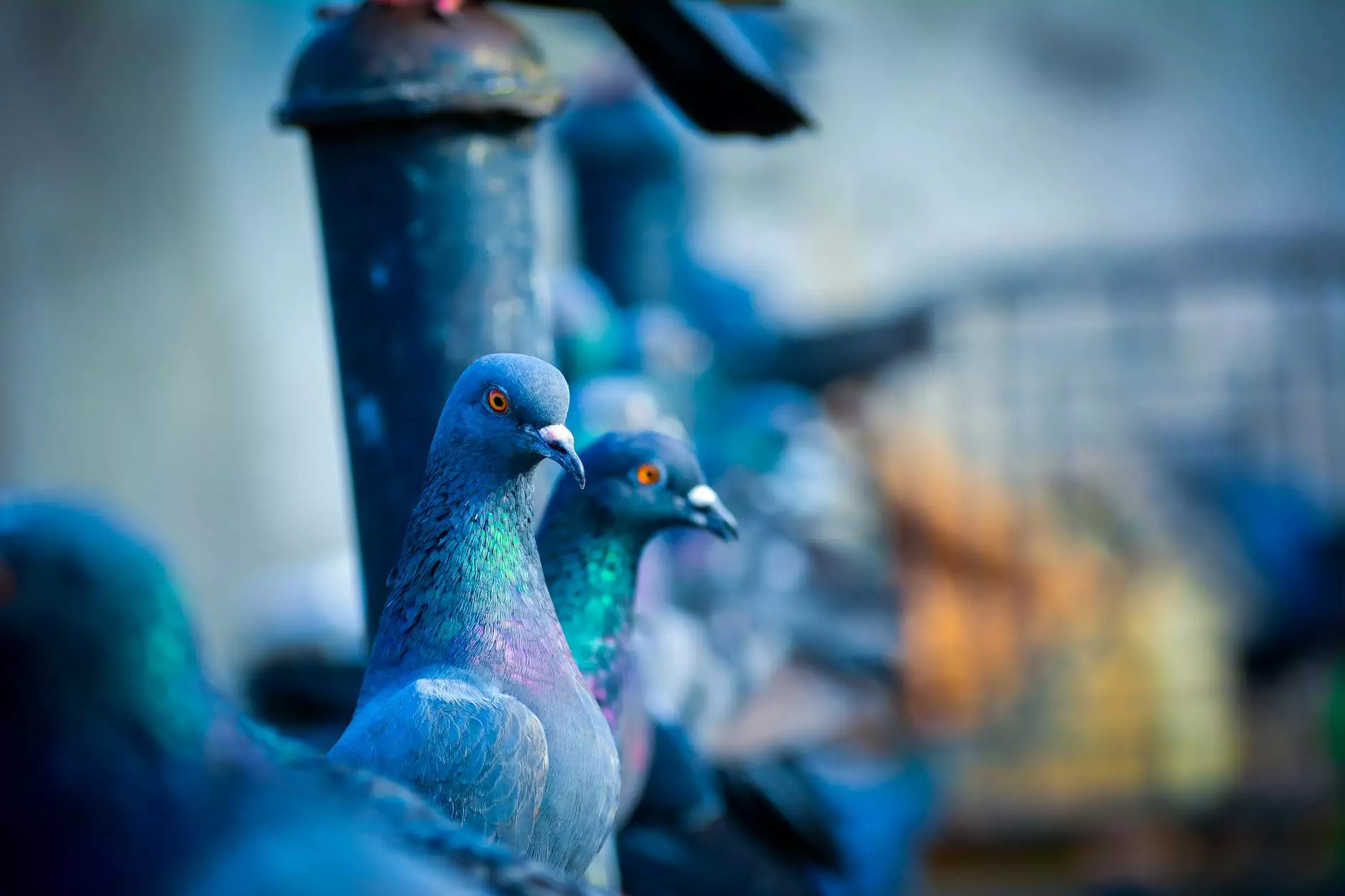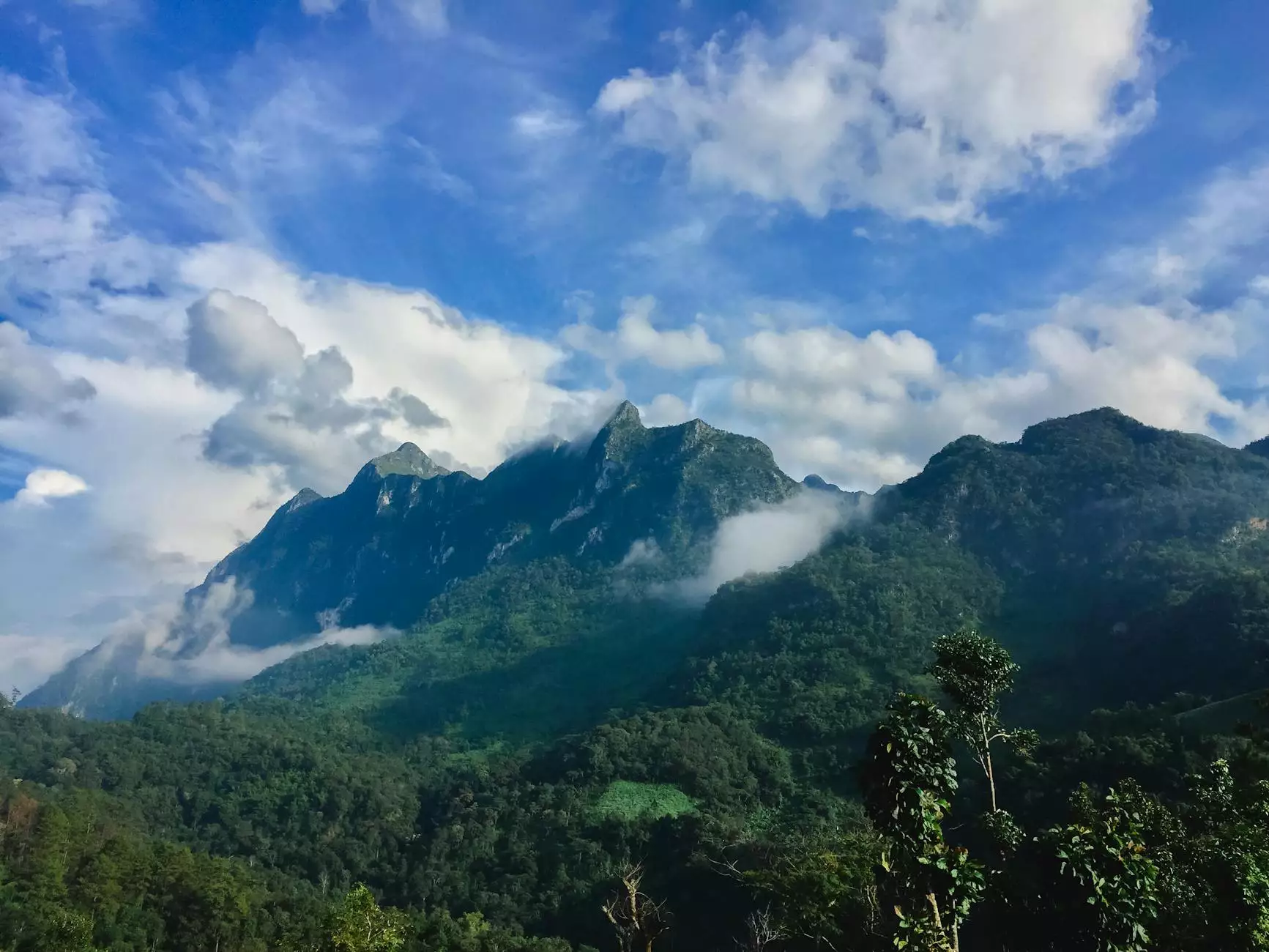Florida Wildlife With Ali: Raccoons
Travel
Welcome to Ageless Wisdom Magazine's comprehensive guide to Florida wildlife, where we dive into the captivating world of raccoons. Join us as we explore the behavior, habitat, diet, and everything you need to know about these enchanting creatures in the Sunshine State!
1. Introduction to Florida Raccoons
Raccoons, scientifically known as Procyon lotor, are highly adaptable and intelligent mammals found throughout Florida's diverse landscapes. Known for their distinctive black mask and ringed tail, raccoons have become an iconic symbol of wildlife in the region.
With their innate ability to thrive in various environments, raccoons have adapted to both urban and natural ecosystems, making them a common sighting in Florida's parks, suburbs, and even cities.
2. Habitat and Distribution
Raccoons can be found across the entire state of Florida, from the lush Everglades to the northern Panhandle. They are highly adaptable and can thrive in a variety of habitats, including marshes, swamps, forests, and residential areas.
Their habitat selection is primarily influenced by the availability of food, water sources, and suitable denning sites. Raccoons are excellent climbers, giving them access to tree cavities where they often establish their dens.
3. Behavior and Social Structure
Raccoons are primarily nocturnal creatures, displaying peak activity during the night. They are opportunistic omnivores, consuming a wide range of food, including fruits, vegetables, small mammals, amphibians, and insects. Their adaptable diet allows them to thrive in both urban and natural environments.
These intelligent animals are known for their dexterous front paws, which they use to manipulate objects and open various containers. Raccoons are excellent problem solvers and can quickly learn complex tasks.
4. Reproduction and Life Cycle
Raccoons breed once a year, with mating season typically occurring in late winter or early spring. Females give birth to litters of two to five kits after a gestation period of about two months. The kits are born blind and remain dependent on their mothers for several months.
Young raccoons stay with their mothers until they're around one year old, during which time they learn essential survival skills and social behaviors. Raccoons have an average lifespan of two to three years in the wild but can reach up to 20 years in captivity.
5. Interaction with Humans
Raccoons are highly adaptable to human environments and often come into contact with people in Florida. While they may appear cute and harmless, it's essential to remember that they are wild animals and should be appreciated from a safe distance.
It is not recommended to feed raccoons or encourage them to approach human habitations. They are known vectors for several diseases, including rabies. If you encounter a raccoon, it's best to observe them from afar and avoid any direct contact.
6. Conservation and Management
Raccoons are not considered endangered or threatened species in Florida. However, it's crucial to be mindful of the impacts of human activity on their habitats. Destruction of natural ecosystems and habitat fragmentation can have negative consequences for raccoon populations.
In Florida, wildlife conservation efforts focus on maintaining and protecting diverse habitats that support a wide range of wildlife species, including raccoons. By preserving and restoring natural environments, we can ensure the long-term survival of these fascinating creatures.
Conclusion
Thank you for joining us on this journey through Florida's wildlife, specifically focusing on the captivating raccoons. Remember, these intelligent creatures are an integral part of our natural heritage, so let's appreciate and respect them from a safe distance.
Continue exploring the wonders of nature and stay tuned for more fascinating insights into the diverse wildlife that thrives in the beautiful state of Florida!




